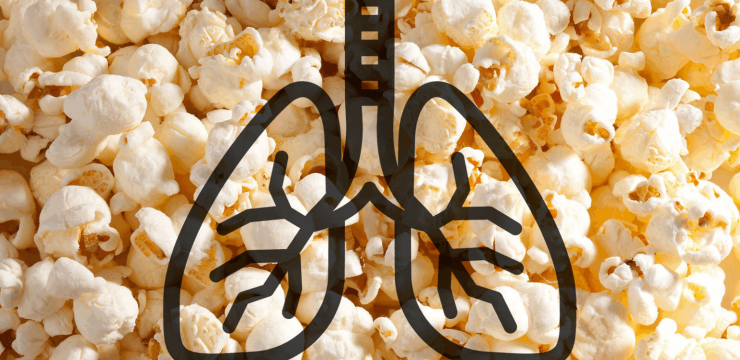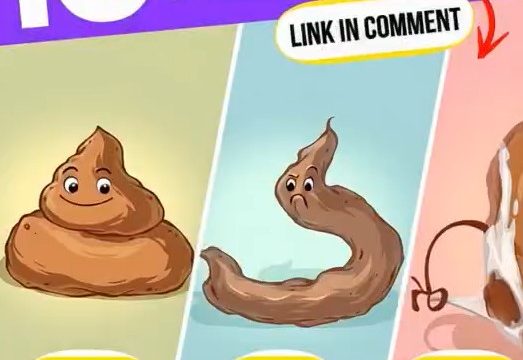The idea of getting bitten by a snake is enough to make anyone’s blood run cold. But before you go full cowboy and start thinking about sucking out the venom like in the movies—don’t. That myth is more harmful than helpful. If you ever find yourself on the receiving end of a snakebite, knowing exactly what to do can be the difference between a scare and a serious emergency.

Let’s get one thing straight: not all snakes are dangerous. In fact, the majority of snake bites in the U.S. aren’t fatal. However, certain species can cause real harm or even death if the bite isn’t treated promptly. That’s why being prepared matters.
Venomous vs. Nonvenomous Snakes
There are thousands of snake species around the world, but only about 15% are venomous. In the United States, that number is slightly higher at around 20%, according to the Mayo Clinic. The most common venomous snakes you’ll find in North America include:
-
Rattlesnakes
-
Copperheads
-
Cottonmouths (also known as water moccasins)
-
Coral snakes
Most venomous snakes in the U.S. fall under the “pit viper” category. These snakes can usually be identified by their triangular-shaped heads, vertical pupils, heat-sensing pits between their eyes and nostrils, and—of course—those unmistakable fangs. Coral snakes look quite different, with their rounded heads, circular pupils, and bright red, yellow, and black banded bodies.
Symptoms of a Snake Bite
Most snake bites happen on the arms, hands, or legs—usually because someone accidentally gets too close or doesn’t see the snake in time. The symptoms can vary dramatically depending on whether the snake is venomous.
Nonvenomous Snake Bite
If you’re lucky enough to be bitten by a nonvenomous snake, the experience will still be unpleasant, but not life-threatening. You can expect some local pain, maybe a few puncture marks or scratches, and some swelling or redness. Think of it as nature’s way of saying “back off.”
Venomous Snake Bite
A bite from a venomous snake is a whole different story. The pain usually kicks in immediately and intensifies quickly. Swelling and bruising can spread well beyond the bite area. Other symptoms may include nausea, difficulty breathing, weakness, and a strange metallic taste in your mouth—yes, that’s a thing.
Coral snakes deliver a different kind of venom that affects your nervous system instead of tissue. This can lead to drooping eyelids, tingling in your extremities, muscle weakness, and trouble swallowing. These signs mean you need emergency help—fast.
Dry Bites
Sometimes, a venomous snake may bite without releasing any venom. This is called a “dry bite.” While still painful and alarming, dry bites don’t carry the same health risk. Still, it’s crucial to get checked out by a doctor just in case.
According to the American Red Cross, most deaths from venomous snake bites happen because of allergic reactions, poor health, or delayed medical care. That’s why knowing what to do—and acting fast—matters.
What To Do If You’re Bitten by a Snake
-
Stay calm.
Panicking speeds up your heart rate, which circulates venom faster. Try to breathe slowly and keep your cool. -
Call 911 immediately.
You need medical help—period. Don’t try to “tough it out” or drive yourself unless there’s no other option. -
Keep the bite area still and below your heart.
This slows the venom from spreading. Use a sling or splint if possible to immobilize the area. -
Remove any tight clothing or jewelry.
Swelling happens fast. Rings, watches, or tight sleeves can quickly become a problem. -
Try to identify the snake.
If you can do so safely, take a photo of the snake or remember its color and pattern. This can help doctors select the right antivenom.
What NOT to Do After a Snake Bite
-
Don’t try to suck out the venom—that’s a movie myth that can do more harm than good.
-
Don’t cut the wound—you’ll only make things worse.
-
Don’t apply ice or a tourniquet—both can damage tissue and make things worse.
-
Don’t try to catch or kill the snake—you’re just putting yourself (and others) in more danger.
Final Thoughts
Snake bites are no joke, but if you stay calm and follow the right steps, your chances of a full recovery go way up. Remember, snakes aren’t out to get you—they’d usually rather slither away than pick a fight. But if you do get bitten, acting fast and smart is key.
Share this article with your friends and family so they’ll know what to do too. It could end up saving a life—including yours.





